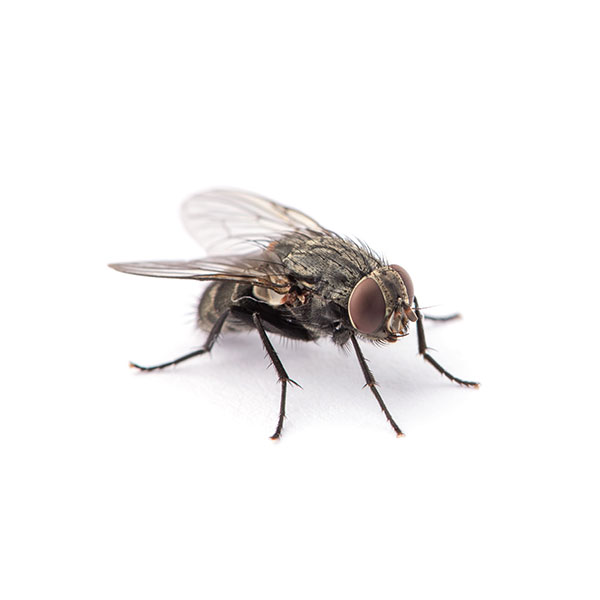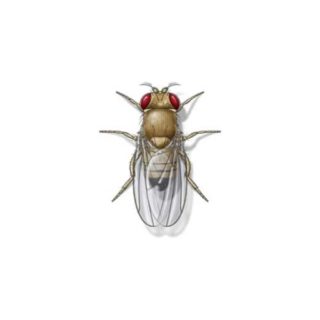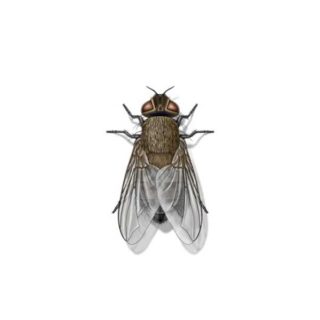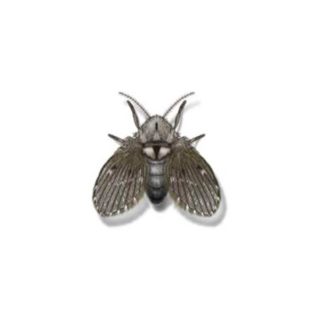House Flies in Mid-South TN
House flies are common everywhere in the world, except Antarctica. House fly populations peak during the hotter summer months. These pests breed in animal waste and decaying organic material, including animal corpses. These are just a few of the places where they can pick up bacteria and viruses that may cause human disease. House flies defecate almost every time they land, contaminating food.
House Fly Habitat
In rural areas, manure piles are a huge source of house flies. In urban areas, fermenting lawn clippings and garbage generate large numbers of flies. Some species of flies can live and breed in recycling containers, and fly problems are common in recycling centers.
House Fly Behaviors, Threats, or Dangers
House flies do not bite, but they are still capable of spreading more than 100 different pathogens, including salmonellosis, typhoid, and tuberculosis. Pathogenic organisms are picked up from garbage, sewage, and other sources of filth, and then transferred on through their vomitus, feces, and contaminated external body parts. They carry a wide range of germs to the dinner table or spread them within livestock herds or flocks.
If you are experiencing a house fly infestation on your property, contact your local fly exterminators for help.
Need help with House Fly control?
We'll call you! Leave your information below.
Need Pest Control?
Get a free, no-obligation quote.
"*" indicates required fields
*During normal business hours. After hours inquiries will be returned the next business day.




